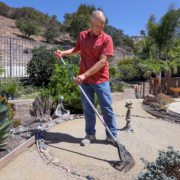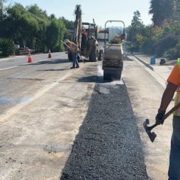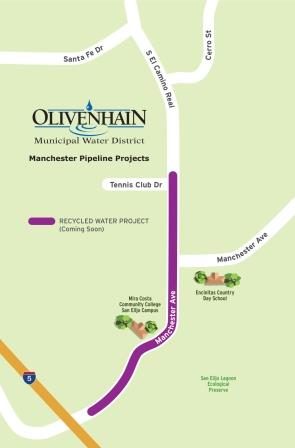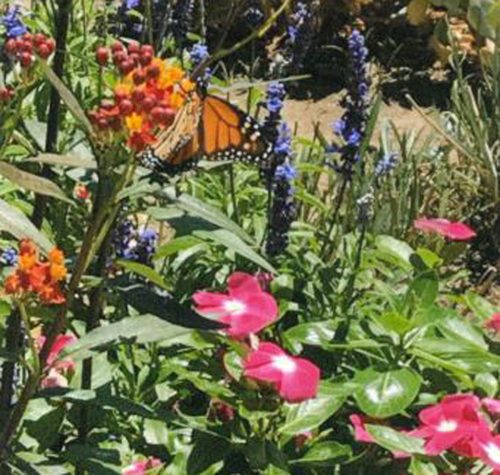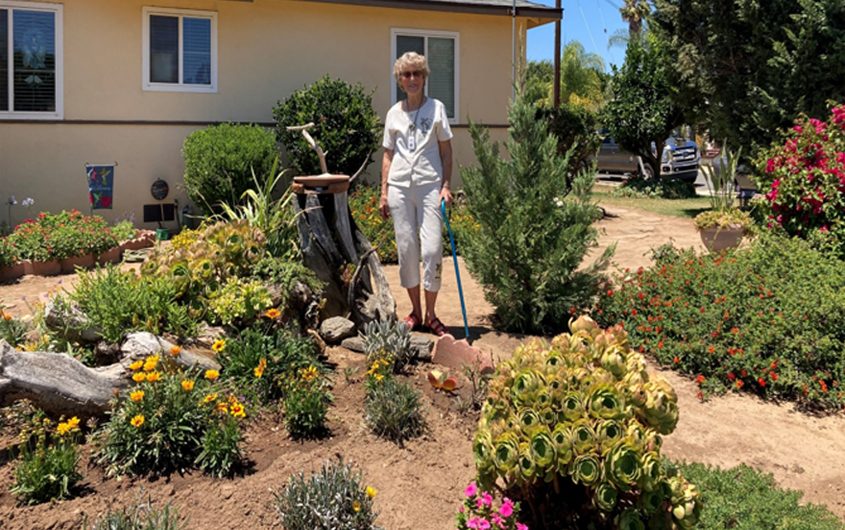Caring For Your WaterSmart Living Landscape
Whether you install a new WaterSmart Living landscape or are just looking for tips on how to conserve water in your existing landscape, the following section can help you make an immediate impact on your landscape water savings.
View these tips, and follow the guidelines below
Plan ahead. Keep a copy of the plant legend, irrigation plan, and runtime schedule to make it easy to buy replacement plants and parts. This will also help locate and troubleshoot pipes to make repairs or adjustments if needed in the future.
Monitor and minimize watering. When set up correctly, your smart controller will automatically adjust watering times to respond to changes in weather. To maximize water savings, program your controller to apply only the amount of water needed for each zone. A good rule of thumb is to water only when the top inch of soil is dry. If you see runoff before the end of the irrigation cycle, adjust the schedule to more often for a shorter duration each time.
To schedule your irrigation correctly, you must know your equipment type, plant water use, soil texture, and watering zone. Use the Watering Calculator on bewaterwise.com to create a basic watering schedule for your property. Adjust as needed for optimum plant growth and water efficiency.
Water at appropriate times. If possible, schedule your irrigation system to run in the early morning. It is best to avoid watering at night to prevent fungus and mildew problems from night time watering. Avoid watering midday to eliminate excessive evaporation.

Managing irrigation schedules is crucial to caring for your WaterSmart Living landscaping. Photo: Irrigation Association
Check irrigation equipment. You may not witness the system running in the early morning hours. Be sure to manually turn the system on seasonally and after severe weather changes to catch potential problems. Check drip systems to ensure emitters are working and clean out filters as needed. Over time, drip emitter locations may need to be relocated as your plants grow. Adjust spray sprinklers to prevent overspray and runoff.
Fertilizing tips. Use an organic fertilizer or compost. Compost can be made from garden waste and some kitchen waste to continually enrich your soil. For more information and recipes for do-it-yourself compost, see the Water Authority’s eGuide to a WaterSmart Lifestyle.
Weed control. Weed naturally whenever possible. Using herbicides can be costly and, if not correctly applied, can damage the environment. Designing and maintaining a healthy landscape can be the best defense against weeds. Hand pull any weeds that come up in your garden every few weeks. Pull them before they go to seed.
Manage pests. The key to controlling pests and diseases is to maintain healthy soil and select plant species that are not prone to pest problems. Consider following Integrated Pest Management (IPM) practices. Use chemical control only as a last resort. Try spraying pests with a blast of water, release beneficial bugs (ladybugs and lacewings), spray insecticidal soap, or use compost tea. Consider replacing pest-prone plants. See our eGuide for more information on natural pest control and compost tea. When using chemical control, always follow the manufacturer’s dosage, application and safety information.
Maintain a two-to-three-inch layer of mulch. Replace the mulch as needed.
Use a broom or blower to clean driveways and sidewalks instead of a hose.
Make a plant maintenance checklist. Keep a copy of your plant list and make a checklist of maintenance requirements for each plant.
Monitor your monthly costs and water use on an ongoing basis.
Enjoy the peace of mind from knowing you did your part to protect our natural resources and the environment.
___________________________________________________________

(Editor’s Note: The San Diego County Water Authority and its 24 member agencies offer programs, resources, and incentives to improve water-use efficiency for residential, commercial, and agricultural users. WaterSmart choices are a way of life in the region. Stay WaterSmart San Diego! For more water-use efficiency resources, go to WaterSmart.SD.org.)

